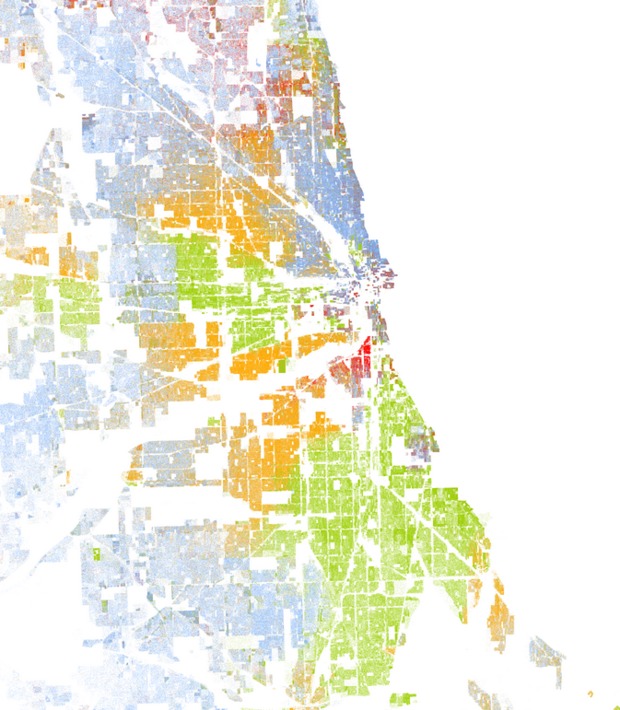CHICAGO — Poor black people in the Chicago area are among the most isolated in the nation, according to a new Rutgers study explored by the Washington Post.
More than a third of all poor African Americans here live in census tracks where the poverty rate is above 40 percent, according to the study. They are ten times more likely to live in poor neighborhoods than poor whites.
By comparison, about 26 percent of poor blacks in New York are concentrated in poor neighborhoods and about 18 percent in Los Angeles, according to the study.
The national numbers capture how in the United States "we've designed communities to pen poverty in, restricting many poor African Americans in particular to a limited number of neighborhoods," writes the Post's Emily Badger.
The reasons, she says, include "systemic discrimination, policies that have historically concentrated public housing and modern zoning laws that keep the poor out of wealthier communities." The result makes it harder for people to move up the economic ladder.
The entire study, by Paul A. Jargowsky of Rutgers, can be found here.
In May, analyst Nate Silver of the Five Thirty Eight blog, looking at U.S. Census data, concluded that Chicago is the most segregated in the nation. That report included this map created by Dustin Cable of the University of Virginia.

This map showing the Chicago area, with blue indicating white residents, green indicating black citizens, yellow representing Hispanics and red representing Asians.
Silver also found Chicago to be one of the most diverse in the nation.
"Citywide, Chicago’s population is almost evenly divided between non-Hispanic blacks (33 percent of its population), non-Hispanic whites (32 percent) and Hispanics (29 percent). So at a macro level, Chicago is quite diverse. At a neighborhood level, it isn’t," Silver wrote.
For more neighborhood news, listen to DNAinfo Radio here:


















